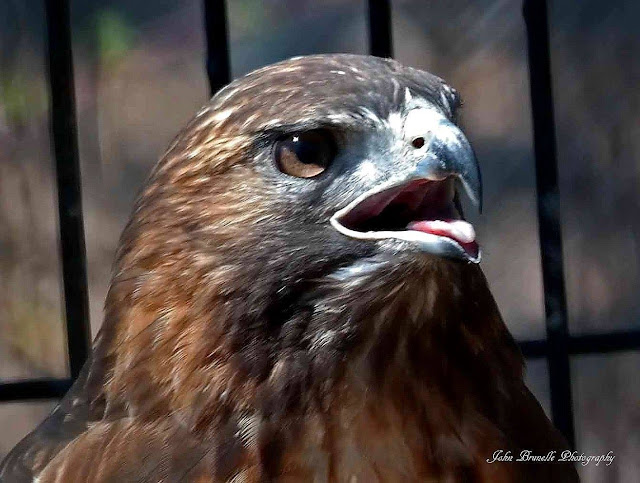Natural Notes: Chicago Wilderness Congress 2016

This blog post consists of my notes from the Chicago Wilderness Congress gathering at the University of Illinois Chicago Forum, held on November 2, 2016 in Chicago, Illinois. Lecture 1: Restoring the Wetlands of Calumet Nat Miller, Chip O'Leary, and Gary Sullivan. The former area of glacial "Lake Chicago" are now lowlands that make up the Calumet Region . This flat and sandy area of land is dotted with various lakes and marshes and has numerous creeks and rivers passing through it. In some areas, dune and swale topography is present. Historically, the Calumet Region was very open with scatterings of oak trees along with scattered pockets of marsh. There were 16 species of reptiles and amphibians, and large marshes provided habitat for marsh birds and wetland passerines. The Calumet Region has undergone many changes within the last 200 years. There is been a lot of habitat fragmentation, although most of the original plant communities are "ha...





